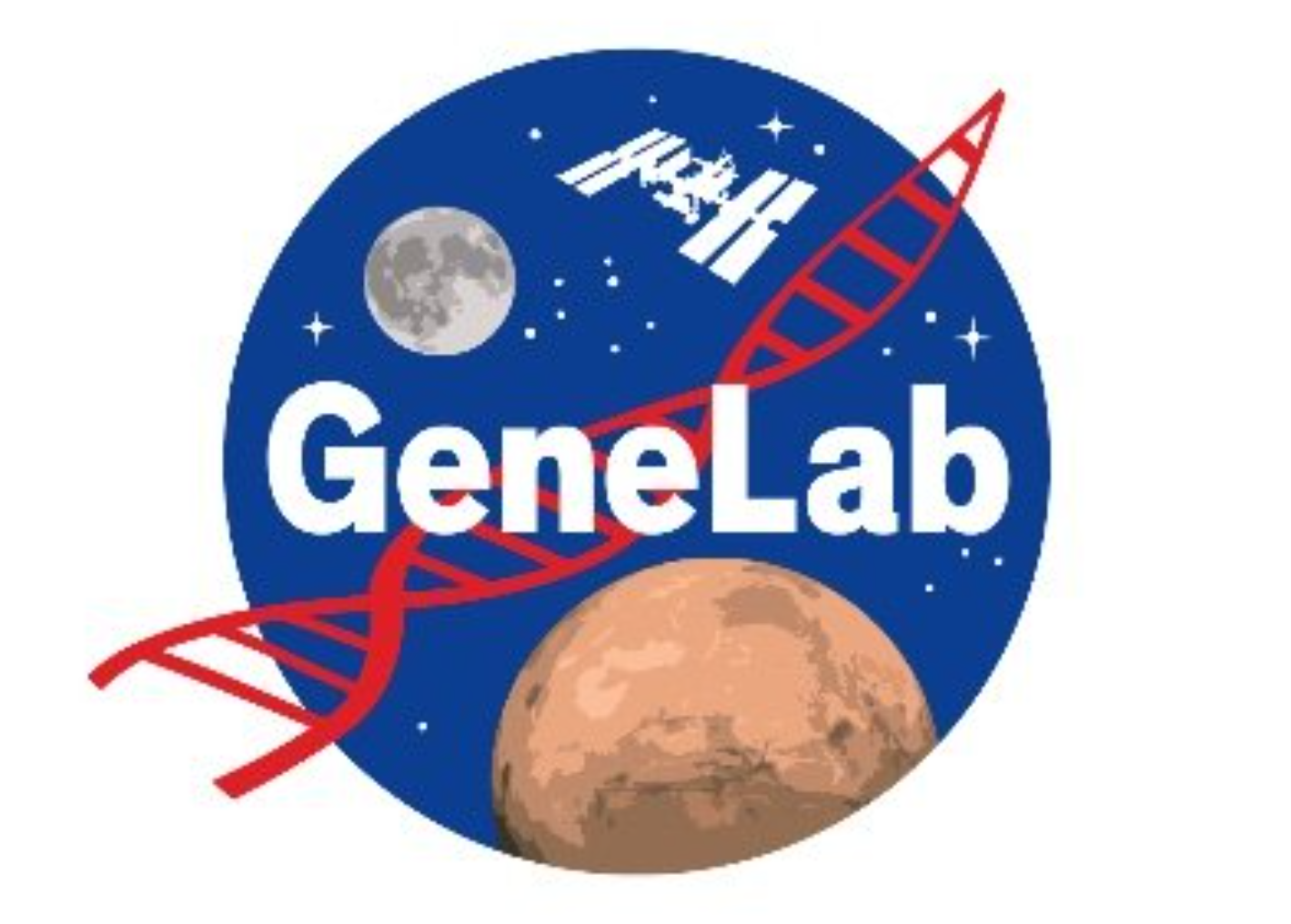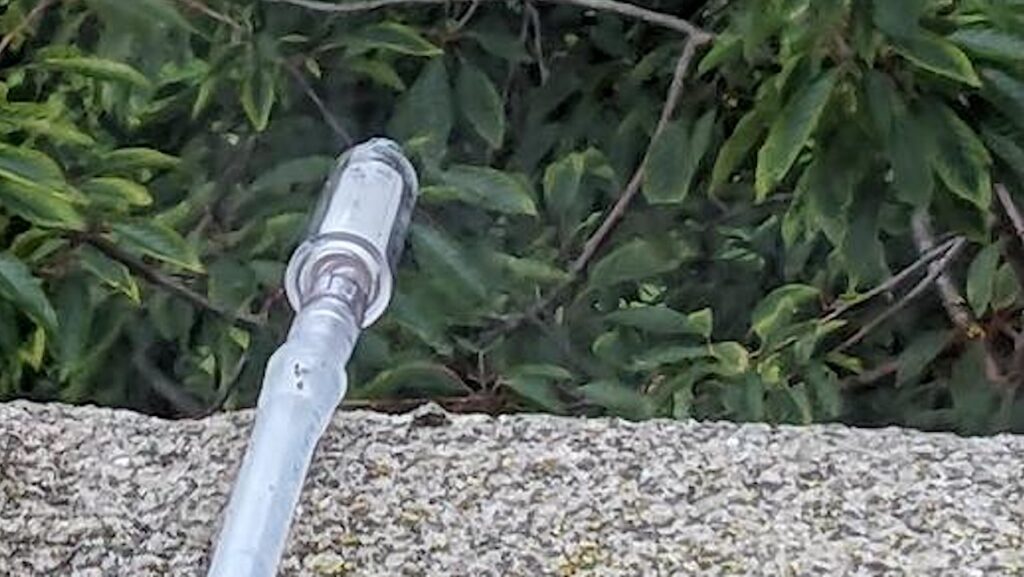What Is NASA’s GeneLab?

With GeneLab, NASA’s open repository for space biology data, anyone – from students to specialists – can explore and make discoveries about ways life from Earth is affected by the conditions of space.
Since the first launch of astronauts over 50 years ago, we have discovered that our bodies behave differently in space: sores and cuts heal slower, bones grow thinner, our hearts don’t pump as efficiently, our immune systems weaken.
These changes lead to health risks for astronauts, which must be understood and solved in order to live and work in space for long periods of time. NASA’s GeneLab project is capturing large amounts of space biology data from the human, animal, and plant biology experiments conducted on the International Space Station. Scientists and students can use this priceless data to study how living things are affected by spaceflight and speed up basic science discoveries that can help improve health in space and on Earth.
An Open-Data Treasure Trove
GeneLab’s data is available through an interactive, open-access data system, where users can upload, download, store, search, share, transfer, and analyze certain types of biological data from spaceflight and Earth-based analogue experiments. The results of many different experiments are housed here, including those conducted previously aboard the space shuttle and, today, on the space station.
These studies have looked at different species (microorganisms, fruit flies, rodents, plants, fish, human cells) and explored the effects of exposure to microgravity, radiation, and other aspects of the space environment. The biological impacts range from changes to the ingredients that make up life (DNA, RNA, proteins…) to effects on the heart, bones, muscles, and other tissues.
To help get a handle on all that, GeneLab houses “omics” data from the space biology experiments. The term refers to huge amounts of information collected about everything biological happening in an organism. The omics data can help scientists answer all kinds of questions – without conducting new experiments – and GeneLab is building tools to help different communities discover the information they contain.
Tools for Multiple Communities
As the project progresses, new ways to interact with GeneLab’s data are being added. A person with a bioinformatics background can download data and get to work immediately analyzing the raw numbers.
Scientists from other specialties benefit from data visualization tools allowing them to skip some initial data processing steps and move quickly toward answering their specific research question. An online workspace lets scientists add their own data to the GeneLab repository and make comparisons with samples from space.
For people curious about space and biology, visualization tools help them boil down complex GeneLab data sufficiently to answer their questions. Students participating in the summer internship program GeneLab for High School have already succeeded, with guidance, at asking new space biology questions and answering them using NASA data from the repository.
Maximizing Knowledge Through Analysis Working Groups
To get the most knowledge possible out of GeneLab’s rare and complex spaceflight datasets, the project has established analysis working groups (AWGs) to investigate specific subsets of the space biology omics data. Each group will find ways of analyzing raw GeneLab data to make it more informative for biologists.
The project is recruiting investigators, bioinformaticians, graduate students, and postdoctoral researchers to participate in the four AWGs, focused on animals (mammals and non-mammals), plants, microbes, and multi-omics strategies.
Biology in Space Benefits Patients on Earth
Biological space research helps find solutions for astronaut health and promotes the well-being of humans here on Earth. Studying what underlies the progression of diseases during spaceflight can provide insight to the onset of similar conditions on Earth. With this greater understanding, we can improve our ability to detect and successfully treat those diseases, too.
Milestones:
- March 2018: The first scientific publication derived entirely from publicly available GeneLab data is published in Scientific Reports.
- November 2020: Several publications using GeneLab data to make new discoveries are included in a large package of space biology research papers, called, “The Biology of Spaceflight,” from Cell Press journals. One revealed that dysfunction in the mitochondria (the powerhouse of the cell) is a key driver in promoting spaceflight-related health risks in astronauts.
- January 2021: GeneLab reaches 300 datasets.
Partners:
The GeneLab project is operated by NASA’s Ames Research Center’s Space Biosciences Research branch. GeneLab is funded by the Biological and Physical Sciences Division within the Science Mission Directorate at NASA Headquarters. The development of GeneLab was also supported by the International Space Station Research Office. GeneLab works closely with the Ames Life Science Data Archive and the Institutional Scientific Collection, both also at Ames, to maximize the value of biological spaceflight experiments by improving access to research data and experimental specimens.
Astrobiology, Genomics, Space Biology,
For researchers:








